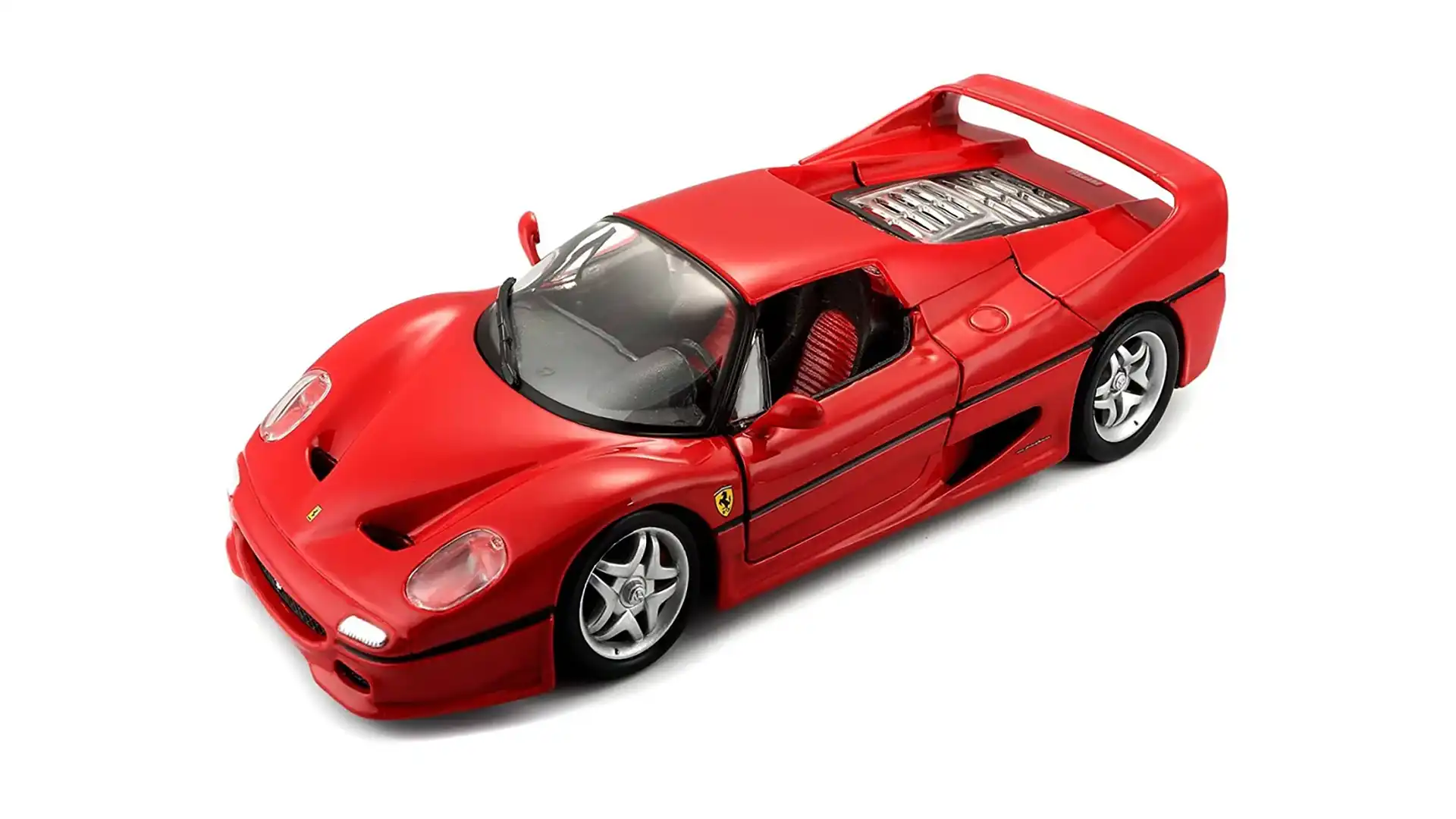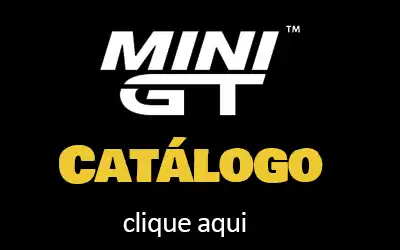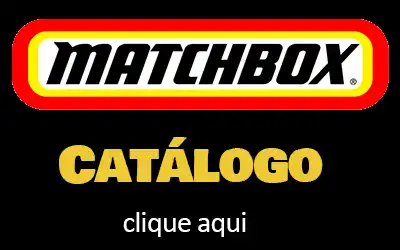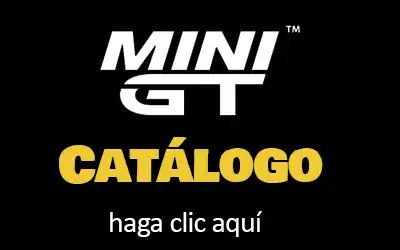The Ferrari F50 is one of Ferrari’s most iconic supercars, produced to celebrate the company’s 50th anniversary. It was developed as the successor to the Ferrari F40 and aimed to bring Formula 1 technology into a road-legal vehicle.
In the late 1980s and early 1990s, Ferrari enjoyed tremendous success with the F40, a turbocharged supercar that became a legend. However, the company sought to create something even more extreme for its 50th anniversary (1947–1997)—a car that would provide the experience of driving a Formula 1 car while still being suitable for public roads.
The project, internally referred to as “F130,” was led by Ferrari’s chief engineer, Pietro Camardella, and F1 designer Mauro Forghieri. Ferrari chose to use a naturally aspirated 4.7L V12 engine, which was adapted from their 1992 Ferrari F92A Formula 1 car.
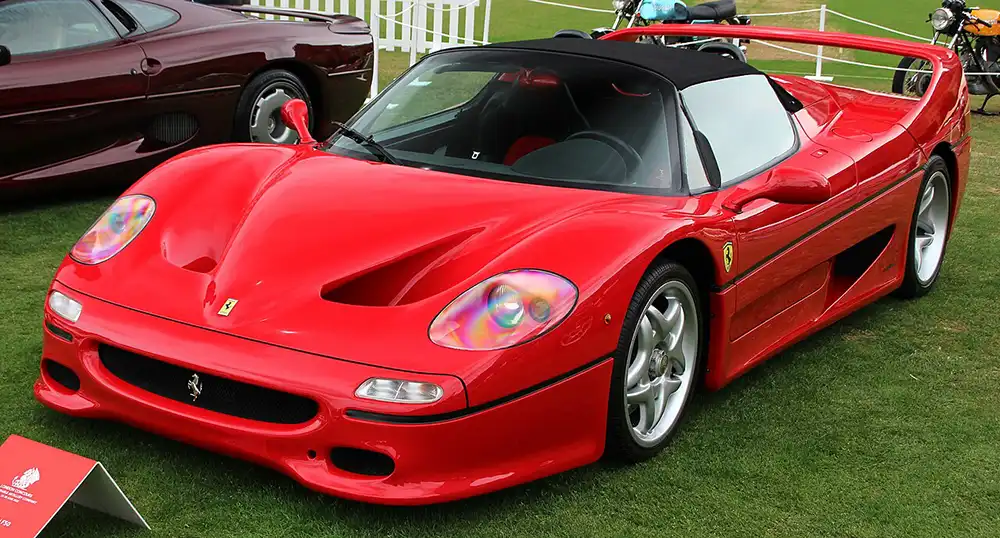
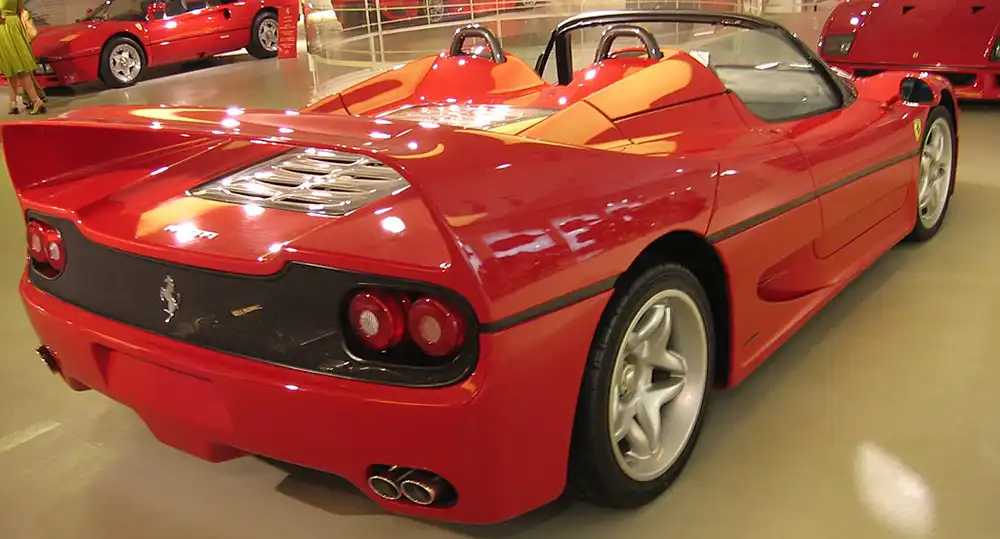
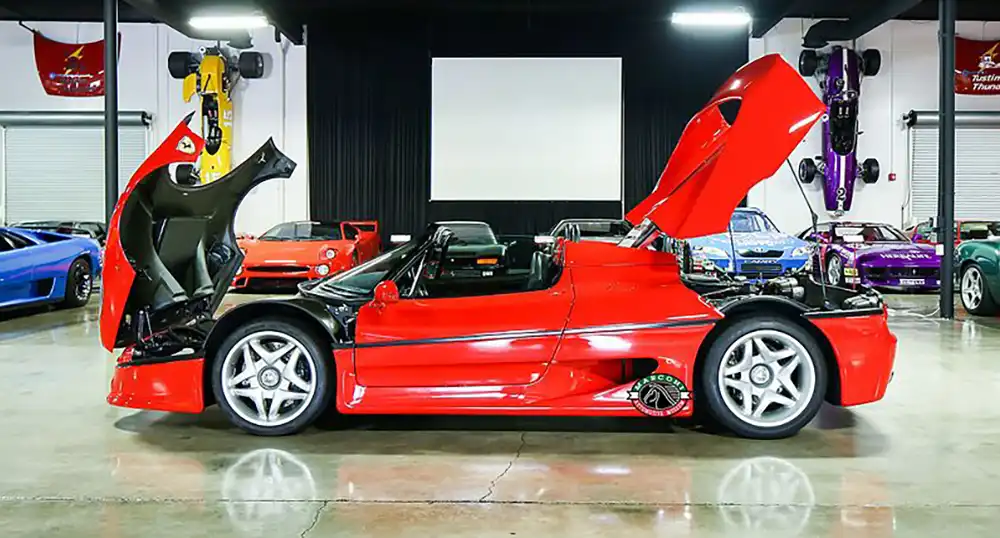
Unlike the twin-turbo V8 found in the F40, the new V12 was a high-revving, race-bred engine designed to deliver an intense driving experience. The carbon fiber monocoque chassis represented Ferrari’s first use of such construction in a road car, akin to an F1 car. The engine was directly bolted to the chassis, enhancing rigidity just like in an F1 vehicle.
The first prototype, known as the F150, was built in 1993 and resembled an early concept rather than the final design. Ferrari conducted extensive testing at the Fiorano circuit to refine the car’s aerodynamics and performance. To ensure a raw and unfiltered driving experience, no electronic driving aids were included—there was no power steering, ABS, or traction control.
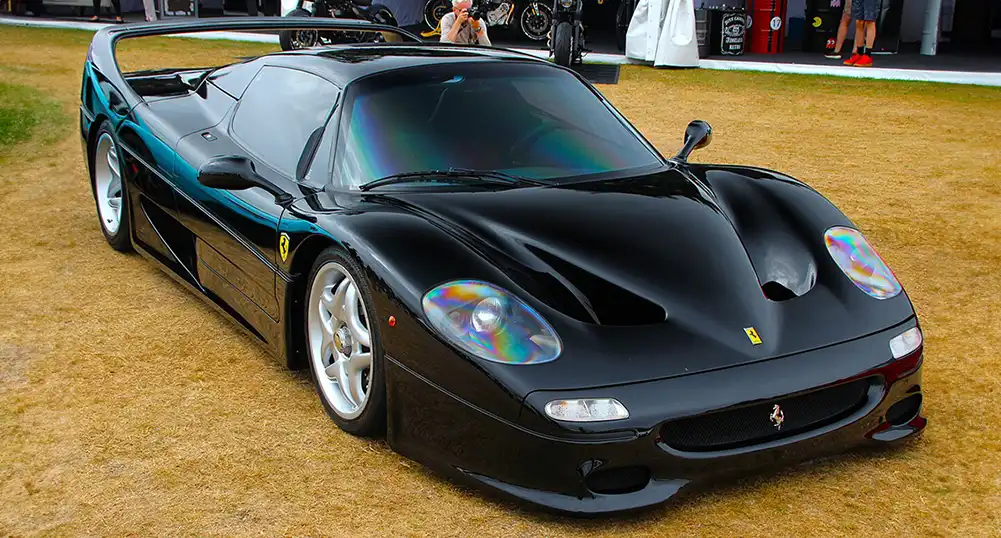

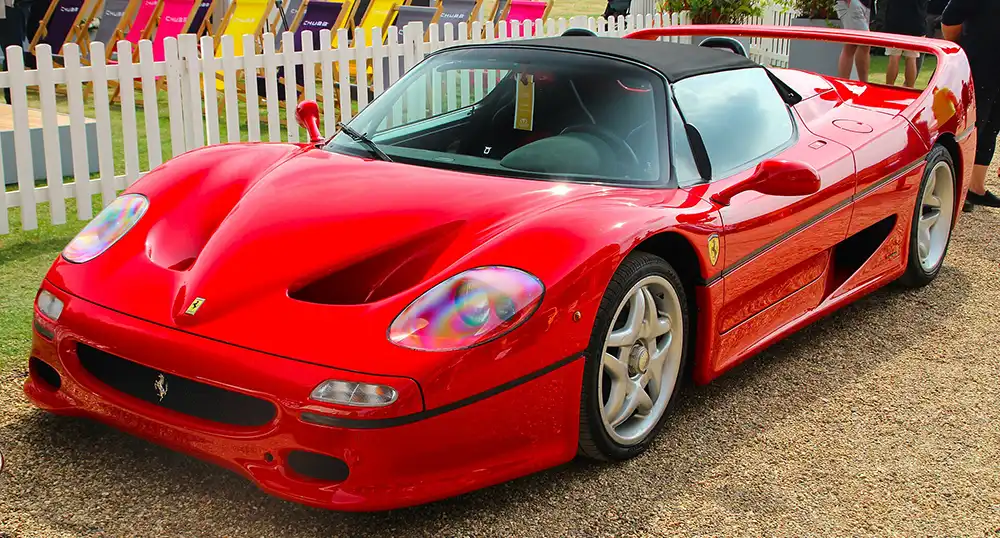
Designed by Pininfarina, the F50 boasted a sleek, aerodynamic shape, complete with a large rear wing and an option for an open-top configuration. The body was primarily made of composite materials, which helped to reduce weight.
Production was limited to just 349 units from 1995 to 1997, making the F50 rarer than the F40. Upon its release, some considered the F50 too extreme for road use, while others admired its race-car-like purity. Over time, its rarity and its connection to Formula 1 technology have transformed it into one of the most desirable Ferraris in history.
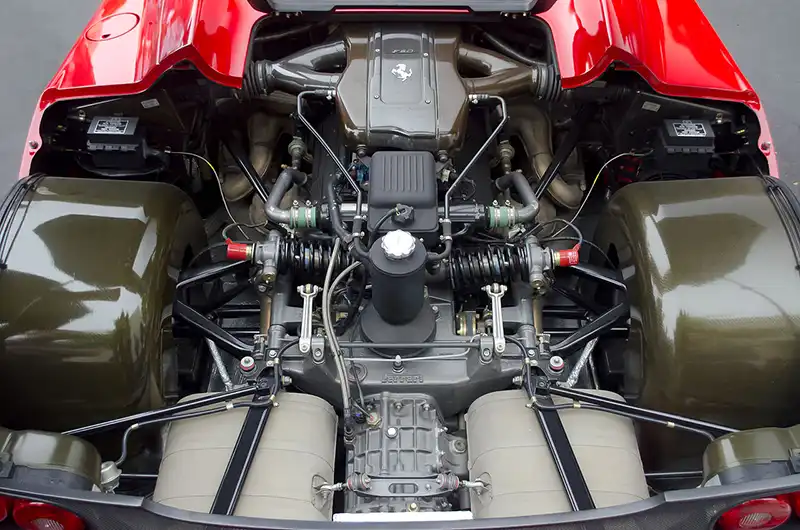
Key features:
- The engine was directly mounted to the chassis, like in F1 cars.
- It had a removable hardtop, making it one of the first Ferrari supercars to be a convertible.
- The car featured minimal electronic assists, ensuring a raw driving experience.
- The F50 was often seen as a more extreme but less aggressive successor to the F40.
Although the F50 was not as popular as the F40 when it was released, its rarity and performance have made it a highly sought-after collector’s item today. The F50 laid the groundwork for future Ferrari hyper cars, paving the way for the Ferrari Enzo and LaFerrari. While some critics found the F50 to be too raw, enthusiasts appreciate it for its authentic mechanical feel.
Diecast Miniatures
Burago 1:18



Burago 1:24



Hot Wheels 1:18
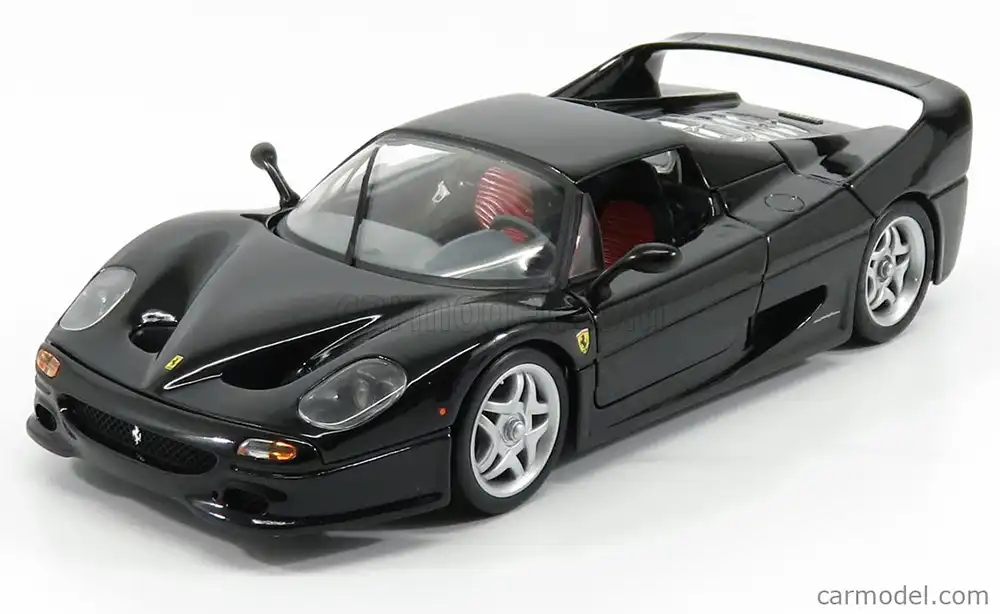
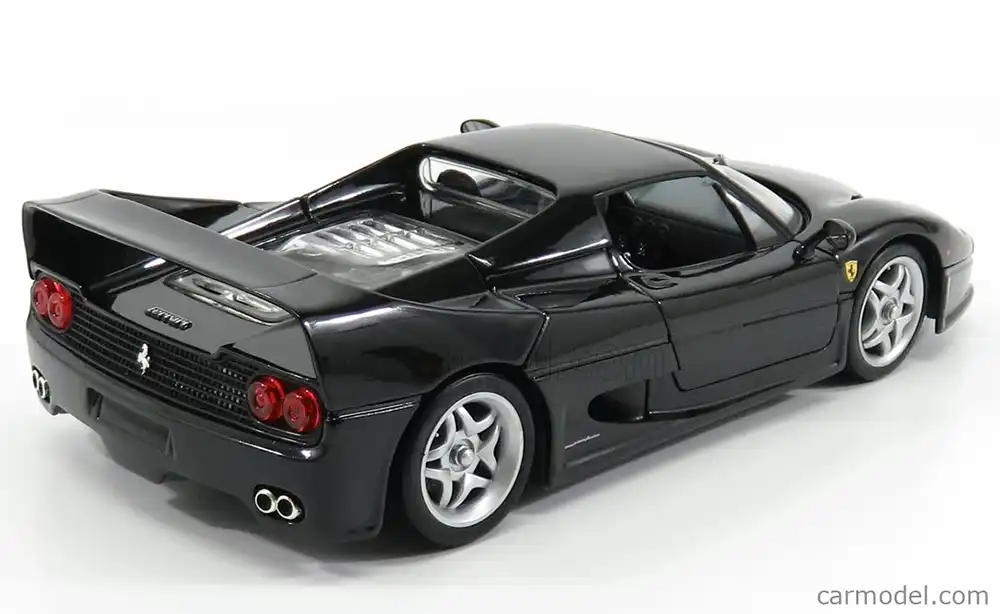
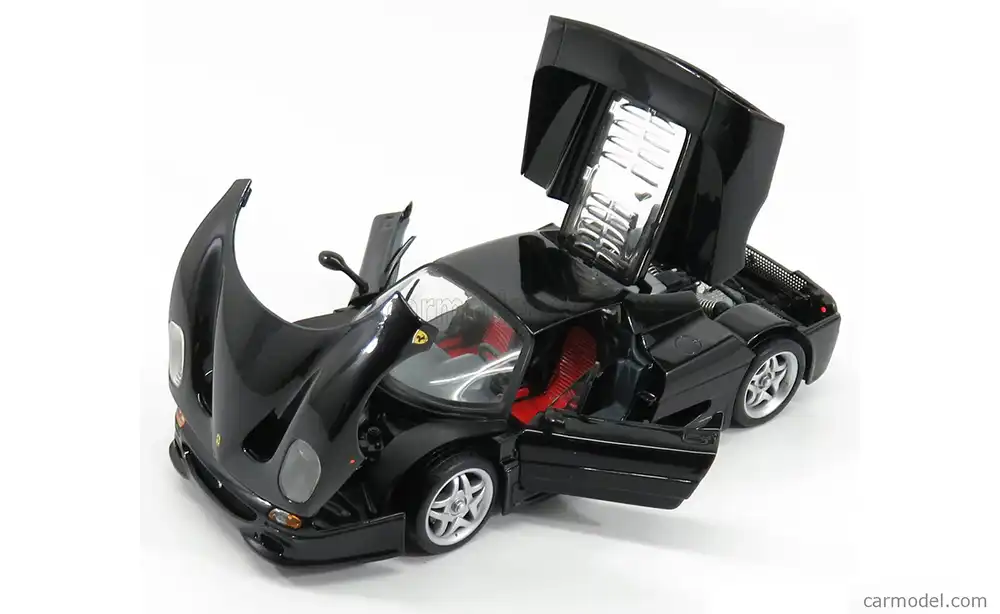

Hot Wheels 1:64


Matchbox 1:64 (customized)


